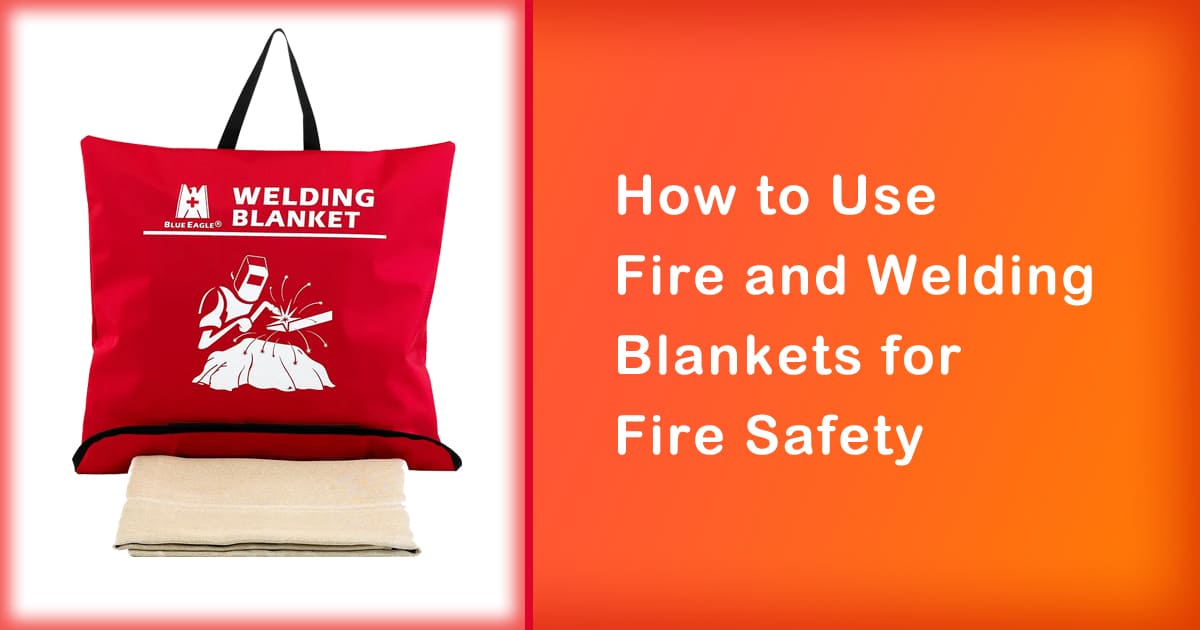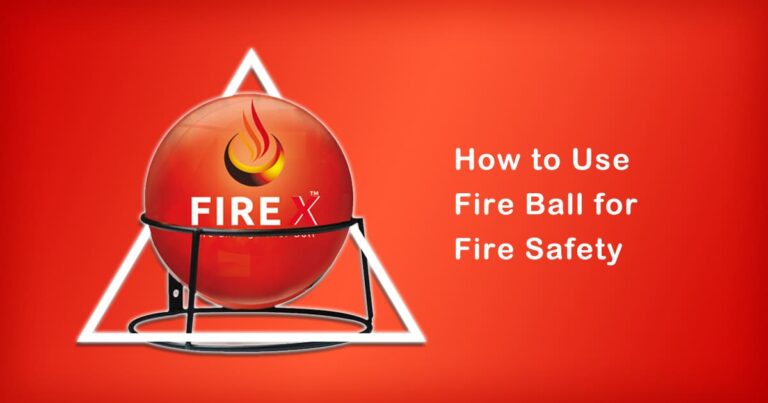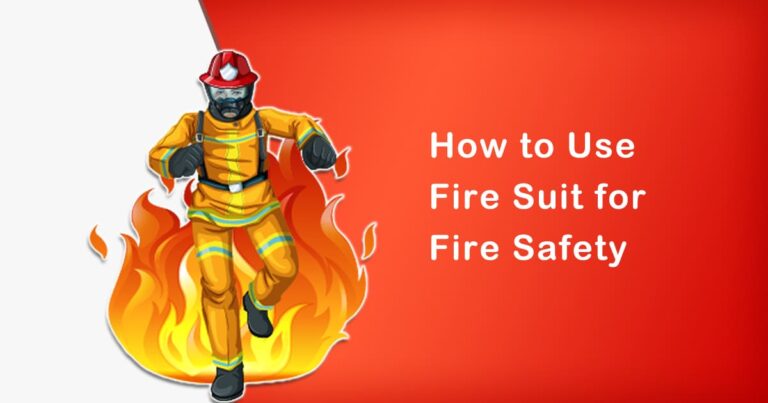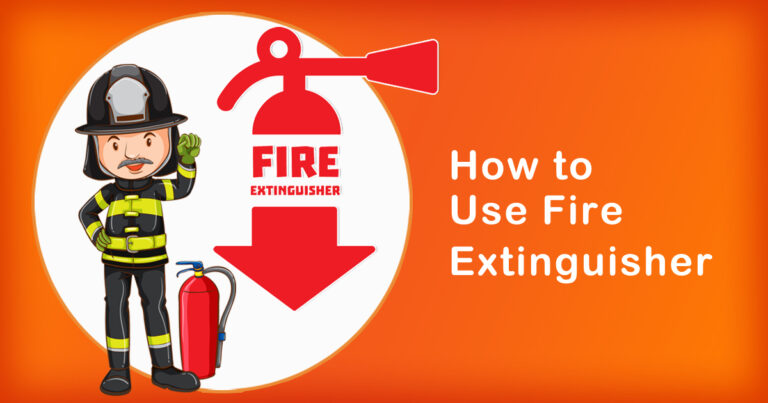Introduction
Fire and welding blankets are an essential part of fire safety equipment. They are designed to provide a quick and effective means of suppressing fires and preventing them from spreading. In this article, we will provide a step-by-step guide on how to use fire and welding blankets for fire safety in an Indian context.
Step 1: Understanding Fire and Welding Blankets
Fire and welding blankets are made of fire-resistant materials such as fiberglass or silica cloth. They can be used to suppress small fires or to protect people and equipment from sparks and heat generated during welding or cutting operations. Fire blankets come in various sizes and are typically stored in designated locations in a building.
Step 2: Identifying the Type of Fire
Before using a fire or welding blanket, it is important to identify the type of fire you are dealing with. There are five classes of fires:
- Class A fires: These are fires that involve ordinary combustibles such as wood, paper, cloth, or plastic.
- Class B fires: These are fires that involve flammable liquids such as petrol, diesel, or oil.
- Class C fires: These are fires that involve electrical equipment such as appliances, computers, or power tools.
- Class D fires: These are fires that involve combustible metals such as magnesium, titanium, or sodium.
- Class K fires: These are fires that involve cooking oils and fats.
Step 3: Using the Fire or Welding Blanket
Once you have identified the type of fire, you can start using the fire or welding blanket. Here are the steps to follow:
- Approach the fire cautiously. Stand at a safe distance and use the blanket to cover the flames.
- If the fire is a Class A, B, C or K fire, use the blanket to cover the flames completely. This will help to smother the fire and prevent it from spreading.
- If the fire is a Class D fire, use the blanket to cover the burning material. This will help to exclude oxygen and prevent the fire from growing.
- For welding or cutting operations, place the blanket on the floor or on nearby equipment to prevent sparks and heat from damaging the surrounding area.
Step 4: After Using the Fire or Welding Blanket
After using the fire or welding blanket, it is important to take the following steps:
- Let the blanket cool down before removing it from the fire.
- Dispose of the blanket in a safe and appropriate manner.
- Report the incident to the appropriate authorities.
Conclusion
Fire and welding blankets are important tools for fire safety in an Indian context. They can be used to quickly and effectively suppress fires and prevent them from spreading. It is important to understand the different types of fires and how to use fire and welding blankets to suppress them. By following the step-by-step guide outlined in this article, you can ensure that you are using fire and welding blankets correctly and safely. Remember to always prioritize safety and report any incidents to the appropriate authorities.








